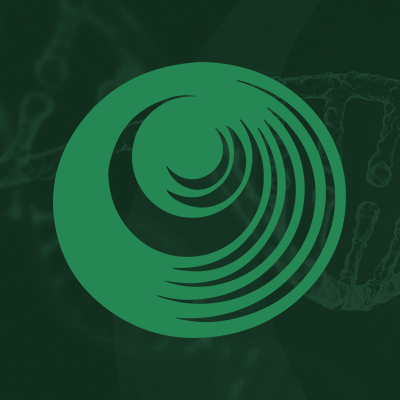Research Papers:
Clinical outcomes and differential effects of PI3K pathway mutation in obese versus non-obese patients with cervical cancer
Metrics: PDF 2406 views | HTML 4355 views | ?
Abstract
Perry Grigsby1,2,3, Adnan Elhammali4, Fiona Ruiz1, Stephanie Markovina1,2, Michael D. McLellan5, Christopher A. Miller5, Anupama Chundury1, Ngoc-Anh L. Ta6, Ramachandran Rashmi1, John D. Pfeifer7,8, Robert S. Fulton5, Todd DeWees1 and Julie K. Schwarz1,2,9
1Department of Radiation Oncology, Washington University School of Medicine, St. Louis, MO, USA
2Alvin J. Siteman Cancer Center, Washington University School of Medicine, St. Louis, MO, USA
3Division of Nuclear Medicine, Mallinckrodt Institute, Washington University School of Medicine, St. Louis, MO, USA
4Department of Radiation Oncology, MD Anderson Cancer Center, University of Texas Health Science Center, Houston, TX, USA
5McDonnell Genome Institute, Washington University School of Medicine, St. Louis, MO, USA
6Saint Louis University School of Medicine, St. Louis, MO, USA
7Department of Pathology and Immunology, Washington University School of Medicine, St. Louis, MO, USA
8Department of Obstetrics and Gynecology, Washington University School of Medicine, St. Louis, MO, USA
9Department of Cell Biology and Physiology, Washington University School of Medicine, St. Louis, MO, USA
Correspondence to:
Julie K. Schwarz, email: [email protected]
Keywords: obesity; cervical cancer; PI3K; PTEN; mutation
Received: September 07, 2017 Accepted: December 13, 2017 Published: December 23, 2017
ABSTRACT
The purpose of this study was to evaluate the effect of obesity and obesity-associated factors on the outcomes of patients with cervical cancer. Outcomes were evaluated in 591 patients with FIGO Ib to IV cervical cancer treated uniformly with definitive radiation. Patients were stratified into 3 groups based upon pretreatment Body Mass Index (BMI): A ≤ 18.5; B 18.6 – 34.9; and C ≥ 35. The 5-year freedom from failure rates were 58, 59, and 73% for BMI groups A, B, and C (p = 0.01). Overall survival rates were 50, 59, and 68%, respectively (p = 0.02). High expression of phosphorylated AKT (pAKT) was associated with poor outcomes only in non-obese patients. Obese patients with PI3K pathway mutant tumors had a trend toward favorable outcomes, while a similar effect was not observed in non-obese patients. Compared to similar tumors from non-obese hosts, PIK3CA and PTEN mutant tumors from obese patients failed to express high levels of phosphorylated AKT and its downstream targets. These results show that patients with obesity at the time of diagnosis of cervical cancer exhibit improved outcomes after radiation. PI3K/AKT pathway mutations are common in obese patients, but are not associated with activation of AKT signaling.
 All site content, except where otherwise noted, is licensed under a Creative Commons Attribution 4.0 License.
All site content, except where otherwise noted, is licensed under a Creative Commons Attribution 4.0 License.
PII: 23664
